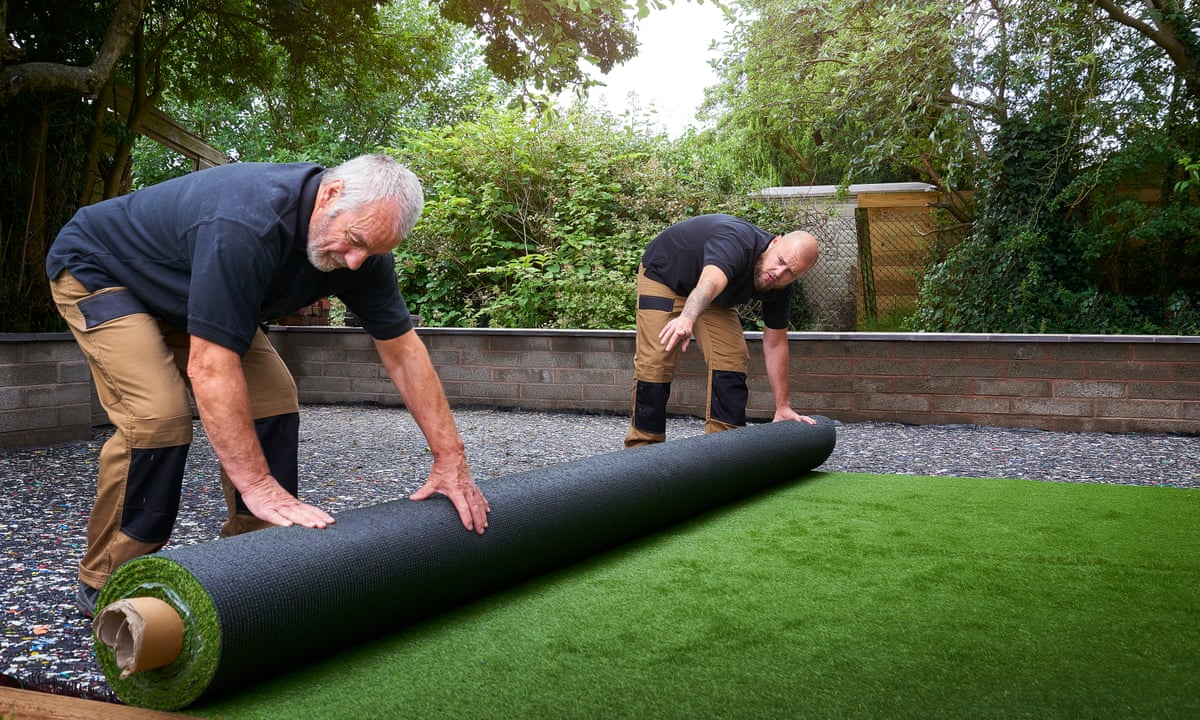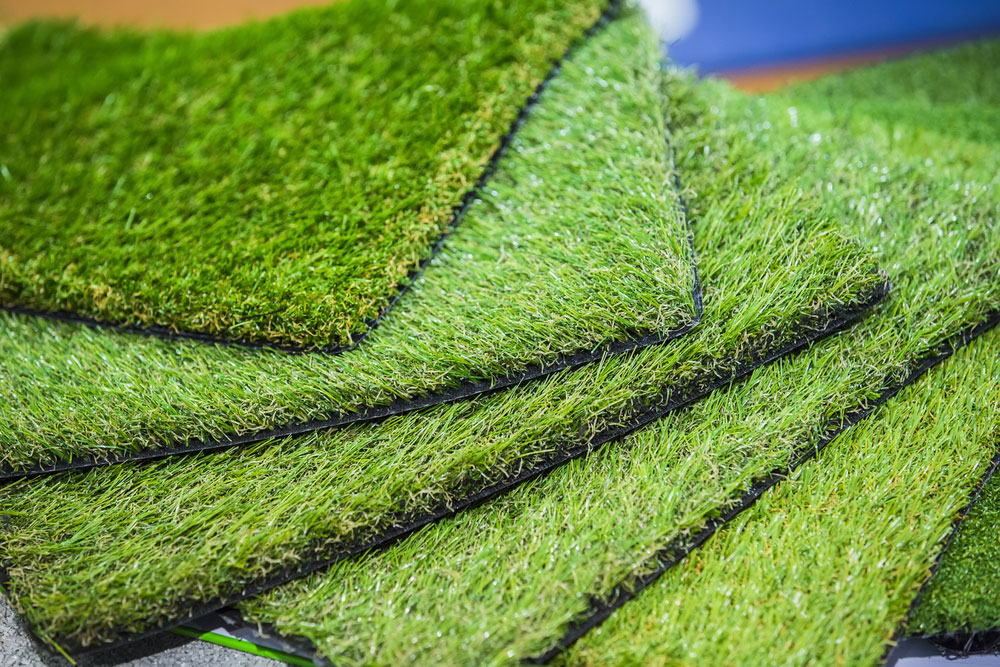High-Quality Arizona Turf Solutions for a Attractive and Lush Landscape
High-Quality Arizona Turf Solutions for a Attractive and Lush Landscape
Blog Article
Look Into the Environmental Benefits of Opting for Synthetic Grass Solutions
The adoption of artificial lawn remedies presents an engaging opportunity to attend to pushing environmental obstacles. By substantially decreasing water use and decreasing the application of unsafe chemicals, these options not just promote lasting landscape design but additionally shield regional ecological communities.
Water Conservation Advantages
Among the most considerable advantages of artificial turf is its capacity to preserve water. Conventional lawn lawns need considerable irrigation, especially in areas prone to drought or water constraints. In contrast, synthetic grass does not require watering, dramatically lowering the overall need for water sources. This attribute is especially helpful in arid regions where water scarcity is a pushing problem.
By getting rid of the requirement for normal watering, synthetic grass contributes to lasting landscape techniques and helps minimize the environmental impact of excessive water usage. The conservation of water extends to the reduction of drainage, which can lead to soil disintegration and river air pollution.
Additionally, the installation of synthetic grass allows house owners and communities to allocate water sources a lot more effectively, concentrating on crucial uses such as alcohol consumption water and farming. The shift in the direction of artificial lawn not just advertises accountable water usage yet likewise lines up with wider environmental goals focused on preserving all-natural sources.
As neighborhoods significantly prioritize sustainability, the water conservation benefits of synthetic grass present an engaging situation for its adoption in property and industrial landscape design jobs.
Decreased Chemical Use
The shift to synthetic grass substantially reduces the dependence on chemical therapies frequently utilized in all-natural grass maintenance. Conventional lawn management typically involves the application of pesticides, herbicides, and fertilizers to advertise growth and control parasites. These chemicals can posture threats to human health, neighborhood wildlife, and the environment, contributing to soil and water contamination.
In comparison, fabricated turf eliminates the demand for these dangerous compounds. By minimizing the release of artificial substances right into the ecological community, fabricated turf promotes healthier dirt and water systems.
In addition, the absence of chemical drainage related to synthetic grass setups assists safeguard regional rivers from air pollution, sustaining marine life and preserving biodiversity. Arizona turf. As areas increasingly focus on sustainable practices, going with artificial turf offers a feasible solution that aligns with environmental conservation goals. Through this shift, homeowner can delight in lush environment-friendly rooms without jeopardizing ecological health, leading the method for an extra sustainable future
Reduced Carbon Impact

Moreover, the installation of man-made grass can result in considerable water preservation. All-natural yards call for substantial amounts of water for irrigation, which not only includes in the carbon footprint connected with water removal and therapy yet additionally stress regional water resources. On the other hand, synthetic grass needs marginal maintenance, calling for no watering, thereby dramatically minimizing water usage and its associated power prices.
In addition, the long life of synthetic lawn adds to its lower carbon impact. With a lifespan of approximately 15 years or even more, the demand for constant substitutes is lessened, causing less waste and lower power intake in production and throwing away typical lawn options. Generally, artificial lawn offers a sustainable choice for ecologically mindful landscape design.
Environment Preservation
Environment preservation is a vital factor to consider in the discussion over landscape design options, especially when contrasting man-made lawn to natural yard. All-natural turf yards typically need substantial maintenance, consisting of using herbicides, fertilizers, and chemicals, which can adversely influence regional environments. These chemicals can leach into the soil and rivers, damaging native vegetation and animals and interrupting neighborhood environments.
Fabricated turf gets rid of the need for dangerous chemicals, thereby shielding neighboring wild animals and keeping the honesty of bordering environments. The installment of man-made turf can lead to the conversion of former grass locations right into even more biodiverse landscapes, such as pollinator gardens or indigenous plant locations, which can support regional wild animals.
Ultimately, the shift to synthetic grass not just preserves water and lowers upkeep efforts however additionally cultivates a much more unified visit our website connection in between human activities and the natural surroundings, promoting environment conservation at the same time.
Long-Term Sustainability
Long-term sustainability is a vital consider examining the advantages of man-made turf over standard yard lawns. Among the most considerable advantages of synthetic turf is its resilience; it can last as much as 15-20 years with very little maintenance, whereas natural grass needs constant reseeding and replacement. This longevity lowers the requirement for constant sources, such as water, plant foods, and pesticides, which are essential for preserving a healthy and balanced turf yard.
Furthermore, artificial lawn adds to a decrease in carbon exhausts related to grass care devices. Conventional lawns usually need gas-powered mowers, leaners, and blowers, every one of which add to air contamination. Arizona artificial turf. In comparison, artificial turf eliminates the need for such equipment, promoting a cleaner setting
In addition, the production of artificial grass progressively utilizes recycled materials, improving its sustainability profile. As manufacturers embrace green practices, the environmental footprint of artificial turf remains to reduce.

Conclusion
The adoption of man-made grass services presents substantial environmental advantages, consisting of substantial water conservation, decreased dependence on hazardous chemicals, and a reduced carbon footprint. Synthetic grass aids in maintaining all-natural environments by lessening land disturbance and promoting long-lasting sustainability via the usage of durable products. Collectively, these factors emphasize the possibility of fabricated lawn to add positively to environmental health and offer a sensible option to traditional landscape visit homepage design practices in an increasingly click resource-conscious world.
In comparison, man-made grass does not need watering, considerably minimizing the total demand for water sources. By reducing the launch of synthetic compounds right into the ecological community, artificial lawn promotes much healthier dirt and water systems.
Furthermore, the installment of artificial turf can result in substantial water preservation. In comparison, synthetic lawn needs very little maintenance, calling for no watering, therefore dramatically minimizing water usage and its connected power expenses.

Report this page